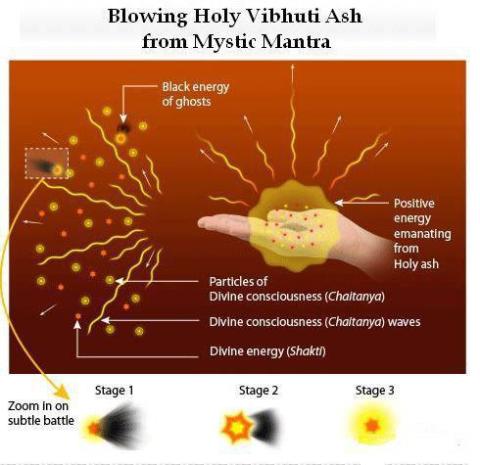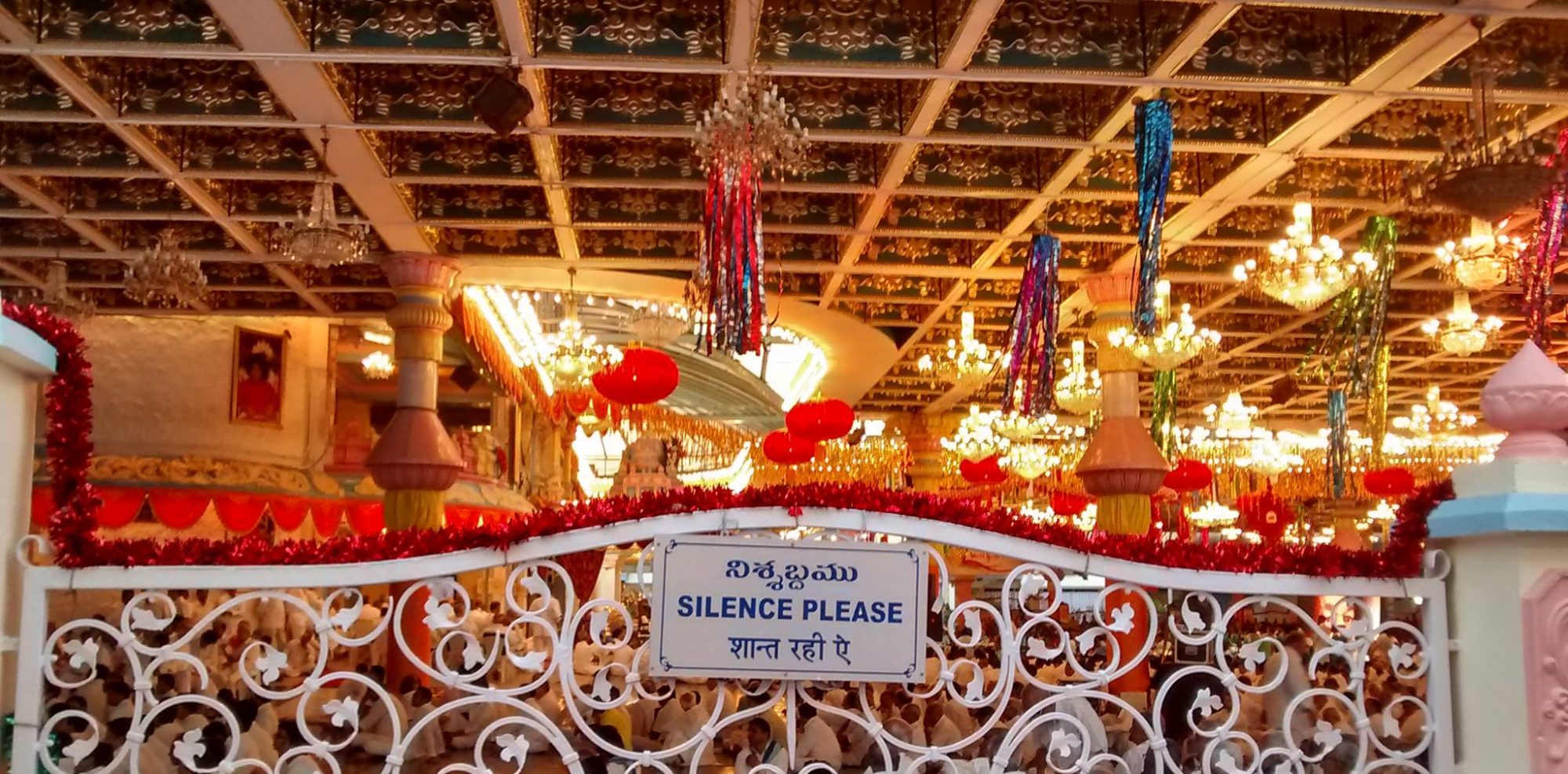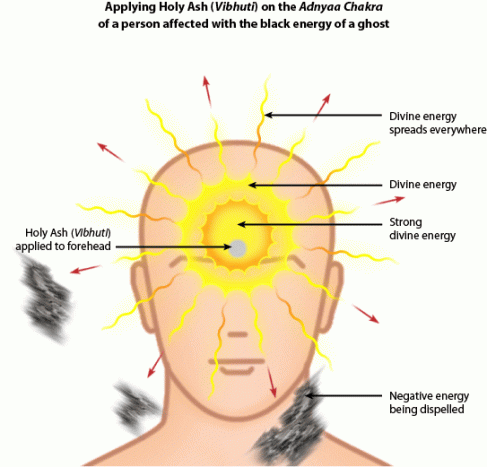Tithinithyas: To know more, one should read through these texts..

1. Tantra Raja Tantra
2. Nityashodasikarnavam
3. Agasthyarachita Shodasavrutham (Tamil rendering available)
4. Vidyaranyarachita Sarvasangraham.These four texts will throw ample light on the Tithi Devis.
The fifteen Thithi Devis.
The worship of the Nitya Devis connected with the phases of the moon is an important aspect of Tantrak worship.
The Sun rules our soul and the Moon rules our mind. These two planets cause the lunar phases. According to Rishi Parashara, the Avatara of Lord Rama is from the Sun and that of Krishna is from the Moon. Indian mythology accords the status of a Devata to Sun and Moon in the celestial court of Lord Indra. The moon is one of the most important planets in astrology. Apart from judging a person from the Lagna, Vedic astrology studies the planetary positions from the moon also. New Moon to Full Moon and back, the changing phases of the Moon rules the mind and our emotions. But Moon plays a lot deeper role in our lives than that.
According to the Indian sashtras like Lalitopakhyanam, Tantrarajatantra, Dakshinamurti Samhita, Vasistha Samhita, Kamakala Vilasam and Bhairava Yamalam; the following is the spiritual and cosmic significance of the phases of the moon. The Moon has 16 kalas, or phases. Out of these 15 are visible to us and the 16th is beyond our visibility.
The 16 kalas are: 1.Amrita, 2.Manada, 3.Poosha, 4.Tusthi, 5.Pusthi, 6.Rati, 7.Dhruti, 8.Sasichini, 9.Chandrika, 10.Kanta, 11.Jyostna, 12.Shree, 13.Preeti, 14.Angada, 15.Poorna and 16.Poornamruta.
These 16 kalas are ruled by the 16 Nitya Devis. They are called Shodasa Nityas. They are: 1.Maha Tripura Sundari, 2.Kameswari, 3.Bhagamalini, 4.Nityaklinna, 5.Bherunda, 6.Vanhivasini, 7.Maha Vajreswari, 8.Shivadooti (Roudri), 9.Twarita, 10.Kulasundari, 11.Nitya, 12.Neelapataka, 13.Vijaya, 14.Sarvamangala, 15.Jwalamalini and 16.Chidroopa (Chitra). Out of these, the first one, Maha Tripura Sundari is the Devi Para Shakti herself, and hence the kala ruled by her is not visible to the normal mortals. Hence we see only the other 15 kalas or phases ruled by the other nityas. In the Sri Chakra these 15 nityas are present in the innermost circle, and the Devi is in the central bundu.
These 15 Nityas rule the famous 15 letters Devi mantra known as Panchadasakshari Mantra: Ka E Aie La Hreem Ha Sa Ka Ha La Hreem Sa Ka La Hreem
These 15 Nityas in the form of the 15 Tithis (Phases) have two aspects each – Prakashamsa, which rules the day portion of the Tithi, and Vimarshamsa, which rules the night part of the Tithi. At night they collect the divine nectar and during the day they release it.
On Poornima or full moon day all the 15 Nityas are in the moon and the moon is shining brightly. On the 1st Thithi after the Poornima, i.e., Pratipada, one Nitya leaves the moon and goes to the sun and the moon is reduced slightly in size. On the next Dwiteeya Tithi another Nitya leaves the moon and goes to the sun and the moon is further reduced in size. This way they leave one by one till the moon becomes totally dark on the 15th day, which is called Amavasya or the new moon day. This is known as Krishna Paksha or the waning phase. After Amavasya they return one by one on each Tithi and the moon starts shining again till its full on the Poornima when the last Nitya returns to it. This is called Shukla Paksha. Kameswari to Chitra are the Nityas ruling the Krishna Paksha Tithis from Pratipada to Amavasya. In Shukla Paksha the order of the Nityas is reversed, i.e., Chitra to Kameswari.
The Nitya of the Asthami or 8th Tithi, Twarita, is common and constant to both the Pakshas. Hence she adorns the crown of Devi.
The inner triangle of Sri Chakra is known as the Sarva Siddhiprada Chakra and the Nityas are next only to Tripura Sundari in importance. For your information, Kameswari is Goddess Parvati, Vajreswari is Maha Lakshmi and Bhagamalini is Goddess Saraswati !!
One Krishna Paksha and one Shukla Paksha form a 30-day lunar month. 12 such months form a 360-day lunar year. Multiplied by 2 (the day and night aspects of the Nityas/Tithis) we have 720 aspects of the Nitya Devis in a year. This way, they rule the day, the night, the days, months, seasons and the years. Furthermore, each aspect of a Nitya rules 100 Nadis in our body. This way they rule the 72000 Nadies in our body, with ever changing moods and physical results in human lives.
The Nityas or Eternities of Lalita represent the fifteen lunar days or tithis of the waxing Moon. Each has her own yantra, mantra, tantra and prayogas or ritual applications. The full circle of the Nityas also represents the 21,600 breaths a human being takes in a full day and night. As such, the Nityas are the Kalachakra, or Wheel of Time.
The 15 Nityas are modifications of Lalita with her three gunas and her five elements of aether, air, fire, water and earth. As the moon remains itself, though appearing differently according to phase, so too does Lalita. Each Nitya has her own vidya (that is mantra), yantra and group of energies (Shaktis).
The 15 lunar tithis, are to be regarded as identical with the fifteen Nityas (Kameshvari to Citra). The sixteenth Kala called Sadakhya should be viewed as one with Lalita or the Supreme Deity Herself. In other words, one has to feel that what appears in Kalacakra is nothing but an expression of what exists eternally as Nityas in the supreme Sri Cakra itself. The tithi-cakra or the wheel of time is constantly revolving and the Sri Cakra is within it and not without. It should also be remembered that from the standpoint of an esoteric yogin the tithis are in the last analysis to be identified with the 21600 shvasas (breaths) supposed to be the average number of breaths per day of a normal human being.”
Hence Lalita or Tripurasundari is the 16th day or full moon, with her 15 digits. Each of the Nityas has a certain number of arms, the totality of arms (= rays) of the whole circle being 108. Because any unit of time is taken as a microcosm or parallel of any other valid unit, each of the fifteen Nityas thus has 1,440 breaths. This identity between space, time, Tripurasundari and the individual is elaborated at great length in the Tantraraja Tantra.
The Nityas are the vowels of the Sanskrit alphabet and are identical with both time and space. For example, if the number of tattvas or consonants (36) are multiplied by the 16 Nityas the number of letters is 576. The multiples of this number provide the number of years in the different Yugas. So the circle of the matrikas and the Nityas is identical with the sidereal zodiac as well as mantra.
The ancient scriptures Nitya Shodasarnava Tantram, Srividya Vilasam, Vamakeswara Tantram, Tantraraja Tantra and Mantra Ratnakaram have specified that the 15 Nityas must be worshiped in the Srichakra central triangle, anticlockwise, and the 16th Nitya, Maha Tripura Sundari must be worshiped in the Bindu.
In Krishna Paksha, worship the 15 Tithis from Kameswari to Chitra from 1 to 15.
In Shukla Paksha, worship the 15 Tithis from Chitra to Kameswari from 1 to 15.
The following are the mantras of the 15 Nitya Devis as per Tantraraja Tantra
1. Kameshvari: Means “Lady of Desire”
Her Mantra is ” Aim Hrim Shrim Am Aim Sa Ka La Hrim Nityaklinne Madadrave Sauh Am Kameshvari Nitya Shri Padukam Pujayami Tarpayami Namah.
2. Bhagamalini: Means “The Flowering Yoni”
Her Mantra is “Aim Hrim Shrim Am Aim Bhagabuge Bhagini Bhagodari Bhagamale Bhagavahe Bhagaguhye Bhagayoni Bhaganipatini Sarvabhagavashankari Bhagarupe Nityaklinne Bhagasvarupe Sarvani Bhagani Me Hyanaya Varade Rete Surete Bhagaklinne Klinnadrave Kledaya Dravaya Amoghe Bhagavicce Kshubha Kshobhaya Sarvasatvan Bhagodari Aim Blum Jem Blum Bhem Blum Mom Blum Hem Blum Hem Klinne Sarvani Bhagani Me Vashamanaya Strim Hara Blem Hrim Am Bhagamalini Nitya Shri Padukam Pujayami Tarpayami Namah.”
3. Nityaklinna: Means “Wet Nitya, or Always Wet”
Her Mantra is “Aim Hrim Shrim Nityaklinne Madadrave Svaha im Nityaklinna Nitya Shri Padukam Pujayami Tarpayami Namah.”
4. Bherunda: Her Mantra is: “Aim Hrim Shrim Im Om Krom Bhrom Kraum Jhmraum Cchraum Jraum Svaha Im Bherunda Nitya Shri Padukam Pujayami Tarpayami Namah,”
5. Vahnivasini: Her Name meaning the dweller in fire.
Her mantra is “Om Hrim Vahnivasiniyai Namah.”
6. Mahavajrswari; Her Mantra is “Um Hrim Klinne Aim Krom Nityamadadrave Hrim Um Mahavajreshvari Nitya Shri Padukam Pujayami Tarpayami Namah.”
7. Shivaduti: She is called Shivaduti because she makes Shiva her messenger (Duti). Her Mantra is “Aim Hrim Shrim Shivadutyai Namah Shivadutinitya Shri Padukam Pujayami Tarpayami Namah.”
8. Tvarita: Her mantra is “Om Hrim Hum Khe Ca Che Ksah Strim Hum Kse Hrim Phat.”
9. Kulasundari: Her mantra is “Aim Hrim Shrim Aim Klim Sauh Kulasundari Nitya Shri Padukam Pujayami Tarpayami Namah.”
10. Nitya-Nityamba: Her mantra is “Ha Sa Ka La Ra Daim Ha Sa Ka La Ra Dim Ha Sa Ka La Ra Dauh Nitya Nitya Shri Padukam Pujayami Tarpayami Namah.”
11. Nilapataka: Her name means Sapphire Banner
Her mantra is “Aim Hrim Shrim Phrem Strum Krom Am Klim Aim Blum Nityamadadrave Hum Phrem Hrim Em Nilapataka Nitya Shri Padukam Pujayami Tarpayami Namah.”
12. Vijaya: Her name means Victorious.
Her mantra is “Aim Hrim Shrim Bha Ma Ra Ya Aum Aim Vijaya Nitya Shri Padukam Pujayami Tarpayami Namah.”
13. Sarvamangala: Her name means “all auspicious”
Her mantra is “Aim Hrim Shrim Svaum Om Sarvamangala Nitya Shri Padukam Pujayami Tarpayami Namah.”
14. Jwalamalini: Her name means “garlanded with flames”
Her mantra is “Om namo bhagavati Jvalamalini devadevi sarvabhutasamharakarike jatavedasi jvalanti jvala jvala prajvala prajvala Hrim Hrim Hum Ram Ram Ram Ram Ram Ram Ram Jvalamalini Hum Phat Svaha.”
15. Chitra: Her name means variegated
Her mantra is “Aim Hrim Shrim Ckaum Am Chitra Nitya Shri Padukam Pujayami Tarpayami Namah.”





